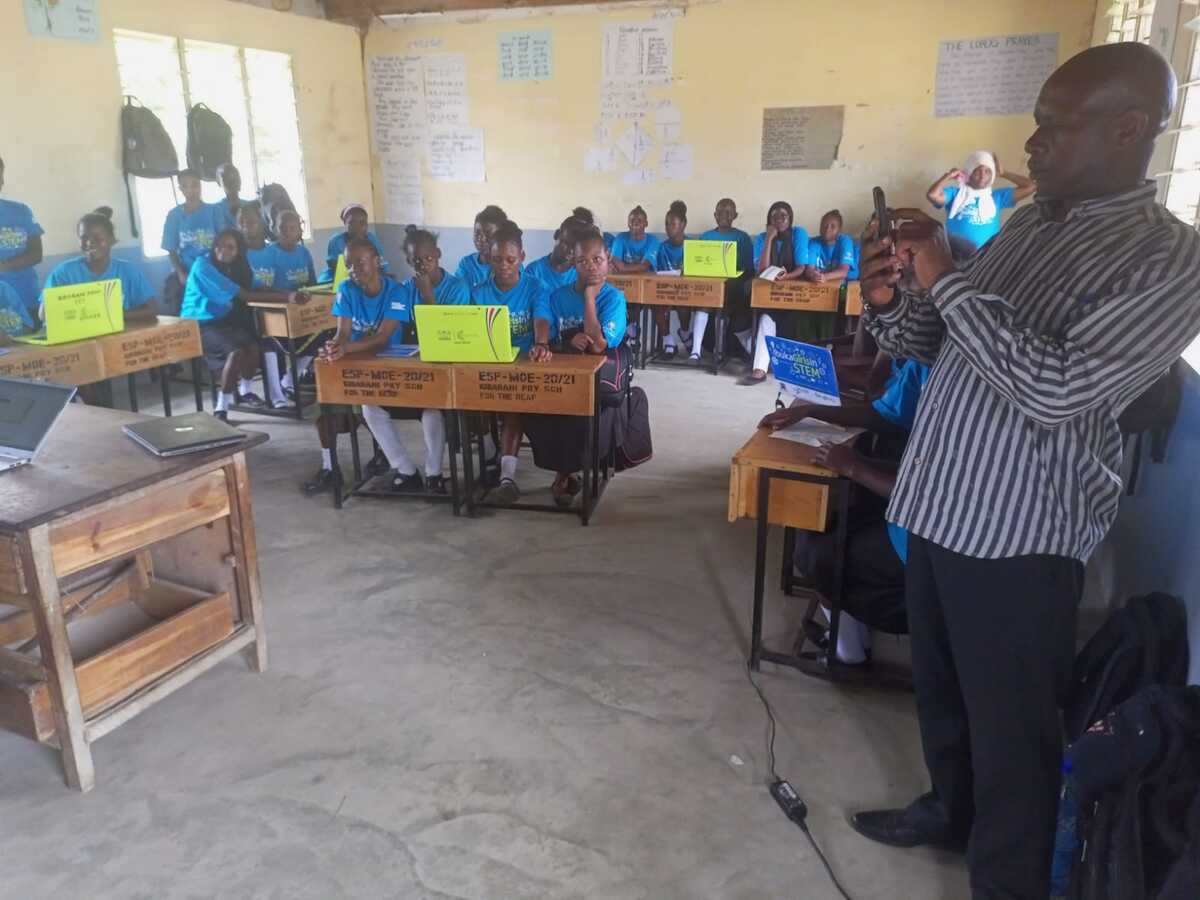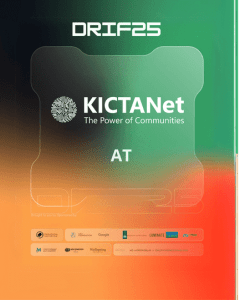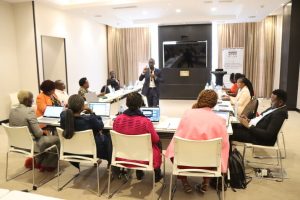The Universal Service Fund (USF) was set up in 2009 to facilitate ICT connectivity in unserved and underserved areas. It began receiving contributions from telecom operators in 2013, with all licensees in the ICT sector contributing 0.5 percent of their annual gross turnover to the kitty. In 2016, an ICT Access Gap was commissioned by the Communications Authority of Kenya (CA) to identify the areas requiring USF support, assemble costs, and assess demand, to ensure the provision of affordable ICT services which include telephony, Internet, postal services, and broadband to all parts of Kenya.
Following the identification of the essential services and broadband gaps, two priority areas were identified; Voice infrastructure and broadband. School connectivity was later identified as the flagship project under the broadband priority area, dubbed “Education Broadband Connectivity Project “
Education Broadband Connectivity Project
CA embarked on a project to connect all secondary schools in the country. The USF connectivity project would provide free or subsidized access to Internet/cloud-based educational resources, but would not provide the in-campus ICT infrastructure (i.e., computers, computer lab, and LAN or Wi-Fi). The project included;
- Identification of e-ready schools and institutions in each county. The criteria for e-readiness included; Grid supplied electricity, a secured computer laboratory with at least 10 modern working computers, ICT-trained teachers and resource staff, and offering students an examinable Computer studies program under the Kenya Certificate of Education (KCSE).
- The provision of necessary ICT training to the teachers in participating institutions ensures that they are well-prepared to use connectivity.
- Provision of broadband connection and support to the “Education Cloud” portal – the Learning Management System – that was to be established by the Kenya Institute of Curriculum Development (KICD).
The Ministry of Education Science and Technology provided a list of 896 public secondary schools, out of which the authority has connected 886, contracted to Xtranet Communications Limited, Commcarrier Satellite Services, and Liquid Telecommunications Ltd. Supporting the efforts to connect schools in Kenya is Giga, a global ITU-UNICEF initiative launched in September 2019 to connect every school to the Internet and every young person to information, opportunity, and choice. Giga serves as a platform to support governments in their efforts to provide the infrastructure required to ensure digital connectivity to every school and through this to every community, and every citizen.
In an effort to investigate sustainable models for school connectivity models, a workshop was convened on 22 March 2023 at Strathmore University through the support of the International Telecommunication Union (ITU) and UKAid partnership in Kenya, in collaboration with UNICEF and Communications Authority of Kenya (CA). The workshop themed “co- creating sustainable operating models for connected schools in Kenya” supports the second pillar of the partnership, “Promoting sustainable models to expand school connectivity in underserved communities” and adopted a multi-stakeholder approach. Key opinion shapers on the table were KICTANet, ITU, CA, UNICEF, AheriNet, KPLC, Huawei, Airtel, Strathmore University, and Liquid Telecom, among others.
Discussed were;
- Lessons about the sustainability of school connectivity projects
- Essential Elements for sustainable school connectivity operating model across various types of schools in Kenya,
- Sustainable financing options for internet connectivity in schools,
- Recommendations on sustainable operating models for school connectivity, building on lessons learned, and the roles of the different players.
Lessons About the Sustainability of School Connectivity Projects
Continuous learning is at the core of innovation towards sustainable models for school connectivity in Kenya, and extensively Africa. Experiences shared by stakeholders in Kenya indicate:
- Community engagement is vital in establishing sustainability. Most schools in rural areas are a communal project, involving the community from the initial stages of connectivity will help foster community buy-in and support.
- Mapping out ecosystem players is important. Having the right people on the table during the planning process avoids loopholes. All the relevant stakeholders need to be engaged to facilitate strategic planning.
- Capacity building has many facets. Building the capacity of key opinion shapers ensures inclusive processes that lead to informed participatory implementation by all stakeholders. Building the capacity of users to appreciate the value of connectivity which ensures meaningful access, simple troubleshooting, and maintenance of infrastructure.
- It is important to have the right statistics to assess the e-readiness of the schools. The availability of computers and ICT teachers is a prerequisite to prevent the under-utilization of connectivity.
- Lack of interest in connectivity by most schools arises from a lack of basic amenities like classrooms, toilets, water, and electricity. Accompanying connectivity with social interest components like these basic amenities catalyzes buy-in.
Essential Elements for a Sustainable School Connectivity Operating Model Across Various Types of Schools in Kenya.
Infrastructure – ICT infrastructure, energy (power grid or solar)
Content – Access to relevant content is a prerequisite to meaningful connectivity.
Sustainable Financing Options for Internet Connectivity in Schools
- Political roadmap – There have been instances of a lack of political goodwill, especially in areas with low populations.
- There needs to be a policy shift from the government on e-learning which will create demand for connectivity and the creation of finance channels through USF, CDF, and budget allocations,
- Private sector financing
- Donor support
Recommendations on Sustainable Operating Models for School Connectivity, Building on Lessons Learned, and the Roles of the Different Players:
- Market Model – presenting a business model at the point of entry into connecting schools removes the notion of “free connectivity”. It is important to do an assessment of the economic power of the community in order to design a suitable payment plan
- Community model – This model explores connecting schools as community hubs, where the community can use the internet and possibly a resource center, on weekends and after classes. A community-centric model could motivate the community to support connectivity in schools.
- Zero-rating of education content sites. Airtel has zero-rated access to the Kenya Education Cloud and Elimika.
- Wide area intranets – establishing schools’ connectivity as a wide area network in order to leverage resources such as Kenya Education Cloud.
- As best practice, it was recommended setting up computer labs and resource centers in schools as solar hubs regardless of whether they were served by the power grid. This is to mitigate the high cost that comes with paying for power and ensure full time internet access for the schools.
Community networks are best placed to facilitate sustainable school connectivity due to their proximity to the grassroots communities and clear understanding of their needs These complementary access models have demonstrated sustainable models to connect schools (market model, community models, and wide area internet connection of schools). KICTANet advocates more inclusive connectivity, so that not just schools in urban areas are connected, but also those in remote areas, and the provision of labs to schools. Computers and the internet go hand in hand.
This is a series of our publications on Community Networks.
Ms Catherine Kyalo is the KICTANet Africa Regional Coordinator for Community Networks under the APC-LOCNET initiative. She is passionate about community welfare and enjoys yoga to rejuvenate. LinkedIn | Twitter
Photo courtesy of Dunia Moja Community Network
![]()




